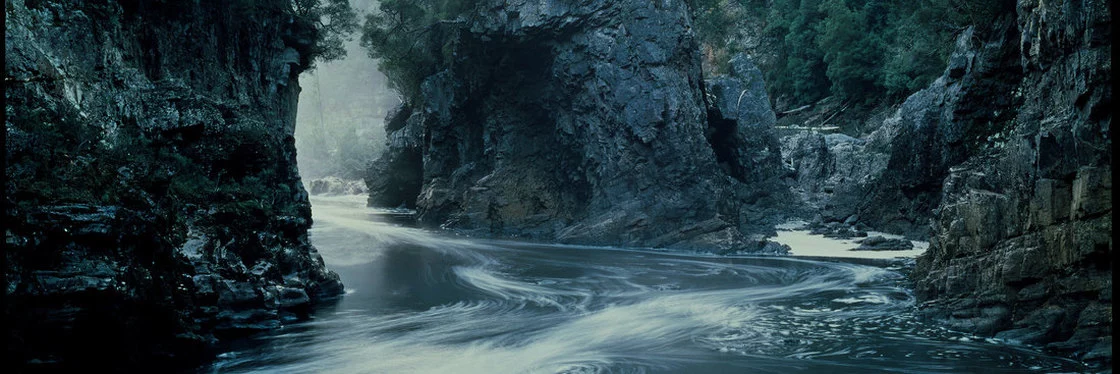The Constitution saves the Franklin River
The Commonwealth of Australia v Tasmania (1983)
Facts of the case
The Tasmanian Government established the Hydro Electric Commission (HEC) in the early 20th century. By the 1980s the State Government was intent on building a dam on the Franklin River to generate hydro-electricity. The area was widely regarded as pristine wilderness, and was significant for Aboriginal cultural heritage.
Federal Opposition Labor leader Bob Hawke made an election promise to stop the construction of the dam. Once in Government, Labor passed the World Heritage Properties Conservation Act 1983 which prohibited acts involved in building the dam.
The Tasmanian Government continued with construction of the dam, arguing that the Commonwealth had no constitutional power to stop it. The Commonwealth Government sought an injunction (a court order to stop work) in the High Court.
Source: Tasmanian Electoral Commission
Chief Justice Gibbs bench. Source: The High Court of Australia
Issues considered by the court
The High Court had to determine whether the Commonwealth’s legislation was validly supported by a range of powers.
The first question was whether the Commonwealth could rely on the ‘external affairs power’ in section 51(xxix) of the Constitution because its Act implemented a treaty which protects world heritage property. The Court had to decide whether the external affairs power could apply to domestic matters, such as building a dam in Australia.
The Court also had to decide whether its power in section 51(xx) to make laws about trading corporations could be used to prohibit the HEC from undertaking work.
A third question was whether the ‘race power’ in section 51(xxvi) could be used to protect Aboriginal heritage.
Decision
The decision was split 4:3. The Court found that the World Heritage Properties Conservation Act 1983 (Cth) was supported by the external affairs power in part, and that the Commonwealth was able to list the Franklin dam area as a world heritage site.
The HEC was a trading corporation under the Constitution and could be prohibited from undertaking construction activities.
Parts of the Act were also supported by the race power because they protected Aboriginal cultural heritage.
The decision meant that the Tasmanian Government could not pursue its plans to dam the Franklin River.
Background to the case
The first hydro system was built to provide electricity in Tasmania in the early 1900s. Hydro requires a dam to collect water. It is pumped through pipes back up the mountain and released to flow back down the river. Energy is created as the water passes through turbines.
The attempted Franklin River hydroelectricity scheme stirred up a movement of people passionate for preserving Australia’s environment. Thousands marched in protests across the nation. About 1,400 people were arrested at the dam building site between 1982 and 1983. The Greens movement was also gaining political momentum.
“Flooding the Franklin would be like putting a scratch across the Mona Lisa”. Environmentalist, and later Senator and Australian Greens Party leader, Bob Brown delivered these famous words in the early 1980s. Brown was first sworn into office as a Tasmanian Member of Parliament in January 1983, on the day after he was released from prison. He had been imprisoned for 19 days for protesting against the construction of the dam.
There was public elation after the High Court ruling that the Franklin Dam would not go ahead. The Franklin dam was a politically charged issue, dividing people in Tasmania and around Australia. The Court, however, only decided the legal issues in the case, leaving ongoing policy issues for providing electricity to governments.
Did you know?
The Commonwealth only has limited power to make laws. The States have general law making powers. However, a State law will be inoperative to the extent it is inconsistent with a valid Commonwealth one.
The Tasmanian Dams Case is often referred to as one of the peak cases on the protection of the natural environment in Australia.
Just because Australia enters into an international treaty does not mean that it becomes Australian law. The Parliament first has to enact a law that implements the treaty.
The judgment for this case was handed down accompanied by a media release explaining the decision in lay terms. This press release was a historical first in an Australian court and is now commonplace.




